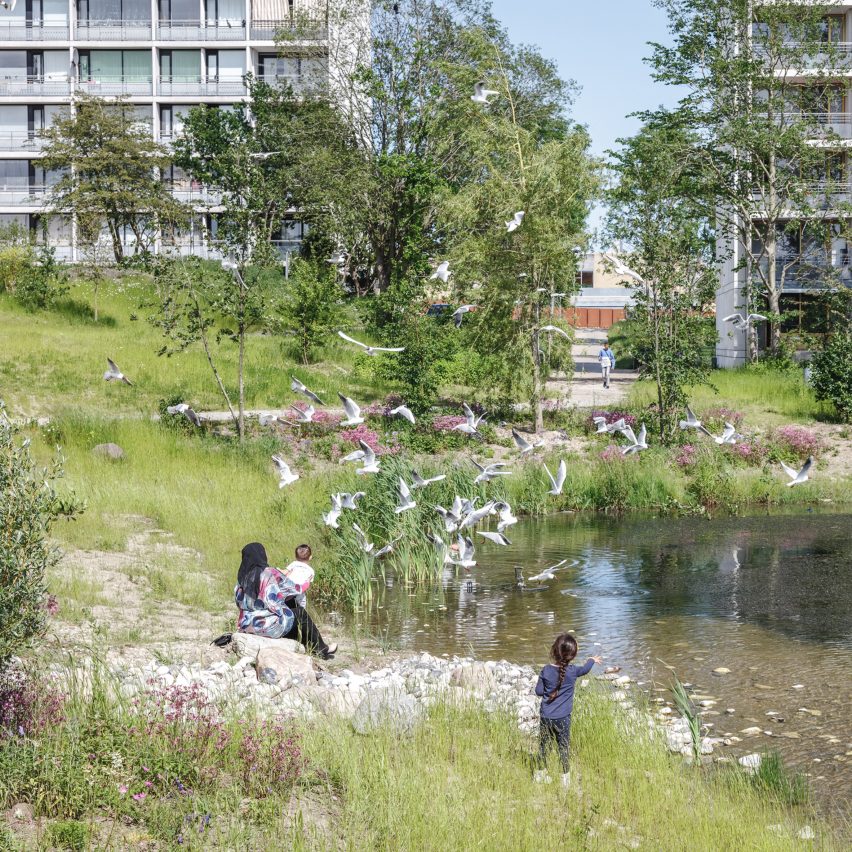
This year’s Oslo Architecture Triennale presents strategies for building better urban neighbourhoods. From rewilding to co-living, Dezeen editor-at-large Amy Frearson picks five of the most interesting ideas.
The eighth Oslo Architecture Triennale, which has the theme Mission Neighbourhood, sees the former Munch Museum in Tøyen temporarily transformed into the Oslo Neighbourhood Lab.
The venue is hosting exhibitions, conversations and workshops that explore how architects, designers and city stakeholders can help to create “more sustainable, diverse and generous” neighbourhoods.
One of the exhibitions on show is Mission Neighbourhood – (Re)forming Communities.
This features a series of real-life projects that challenge traditional ideas of how housing communities should be planned.
“There’s a growing demand for improvement”
“An intense debate on housing quality and housing access is taking place in Oslo, and internationally,” said Christian Pagh, director and chief curator of the triennale.
“There’s a growing demand for improvement and for friendly, human-scaled environments that add benefit beyond sleeping, shopping and a fast commute to the city.”
Here are five of the most innovative ideas on show:
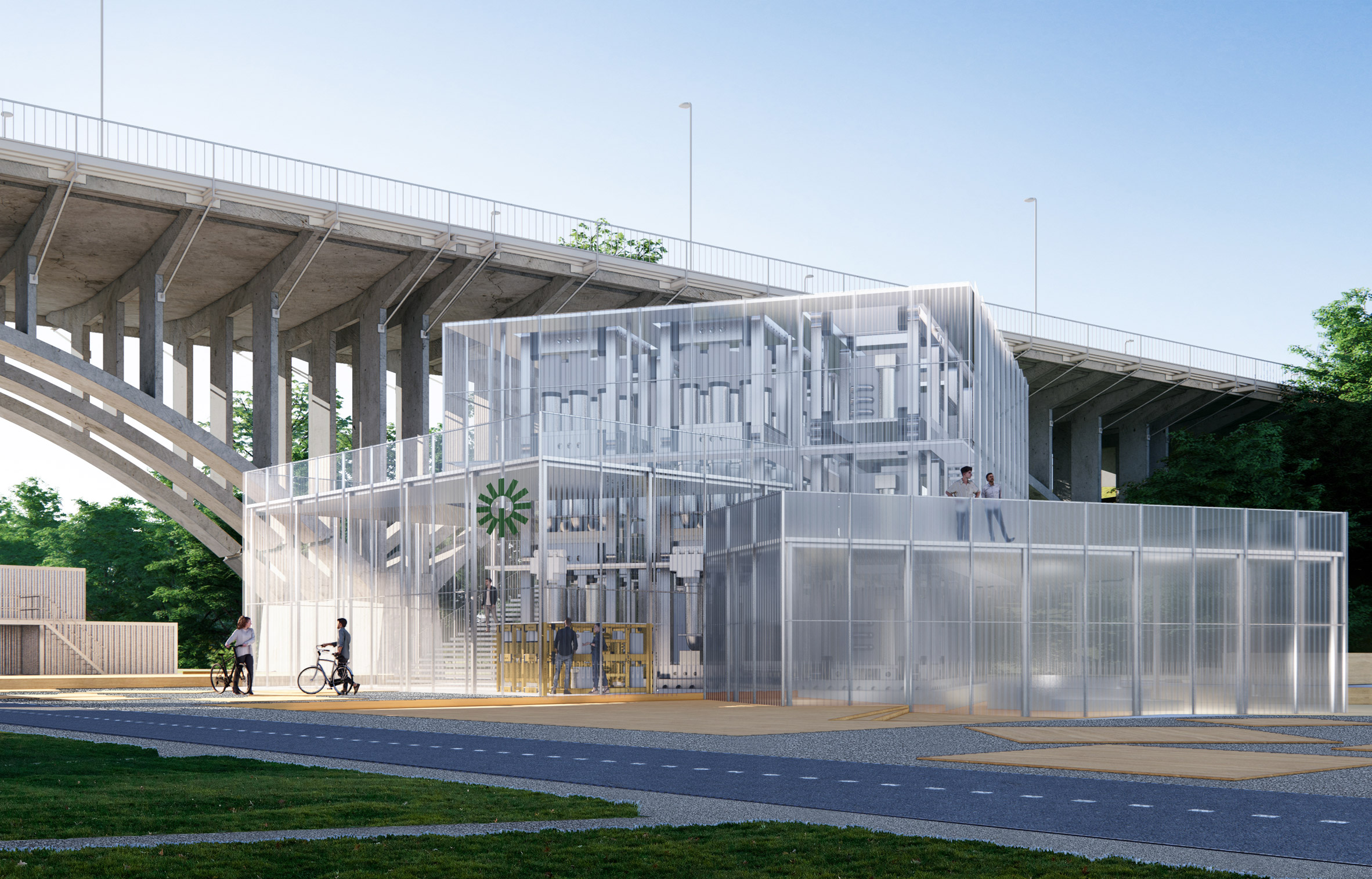
Building communities around geothermal energy
Hotspots
This project from Bjarke Ingels’ firm BIG explores how power plants can become neighbourhood assets.
It has become the norm to position energy infrastructure on the outskirts of a city to avoid issues of environmental damage. But with the shift towards clean forms of energy, rather than fossil fuels, it’s now possible for power plants to become a more integral part of communities.
Working with energy provider Innargi, BIG has developed the Hotspots Catalogue, a guidebook showcasing the many different ways that geothermal power plants could help to bring people together. Uses include co-working hubs, sports facilities and recycling stations.
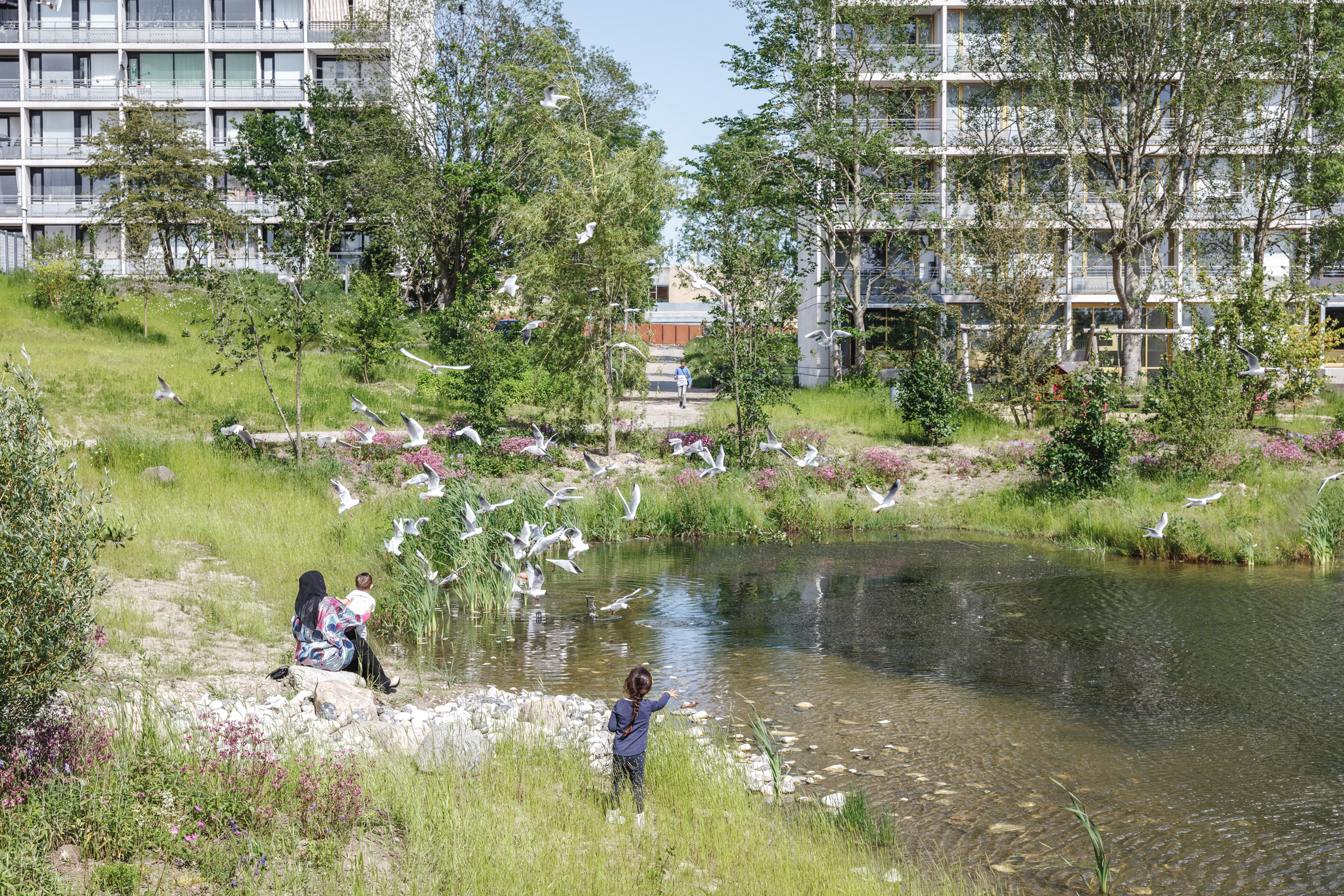
Rethinking housing estates
Gellerup New Nature Park
One of Denmark’s largest social housing estates, Gellerup in Aarhus, is reimagined in this project by Danish landscape firm SLA, designed in collaboration with architects EFFEKT.
In an attempt to tackle social issues that are common in mass housing from the 1960s and 70s, the designers transformed the sparse open space at the heart of the estate into a biodiverse and climate-resilient park.
The transformation has strengthened the sense of community among residents, and made Gellerup a safer and more eco-friendly place to live, according to the studios.
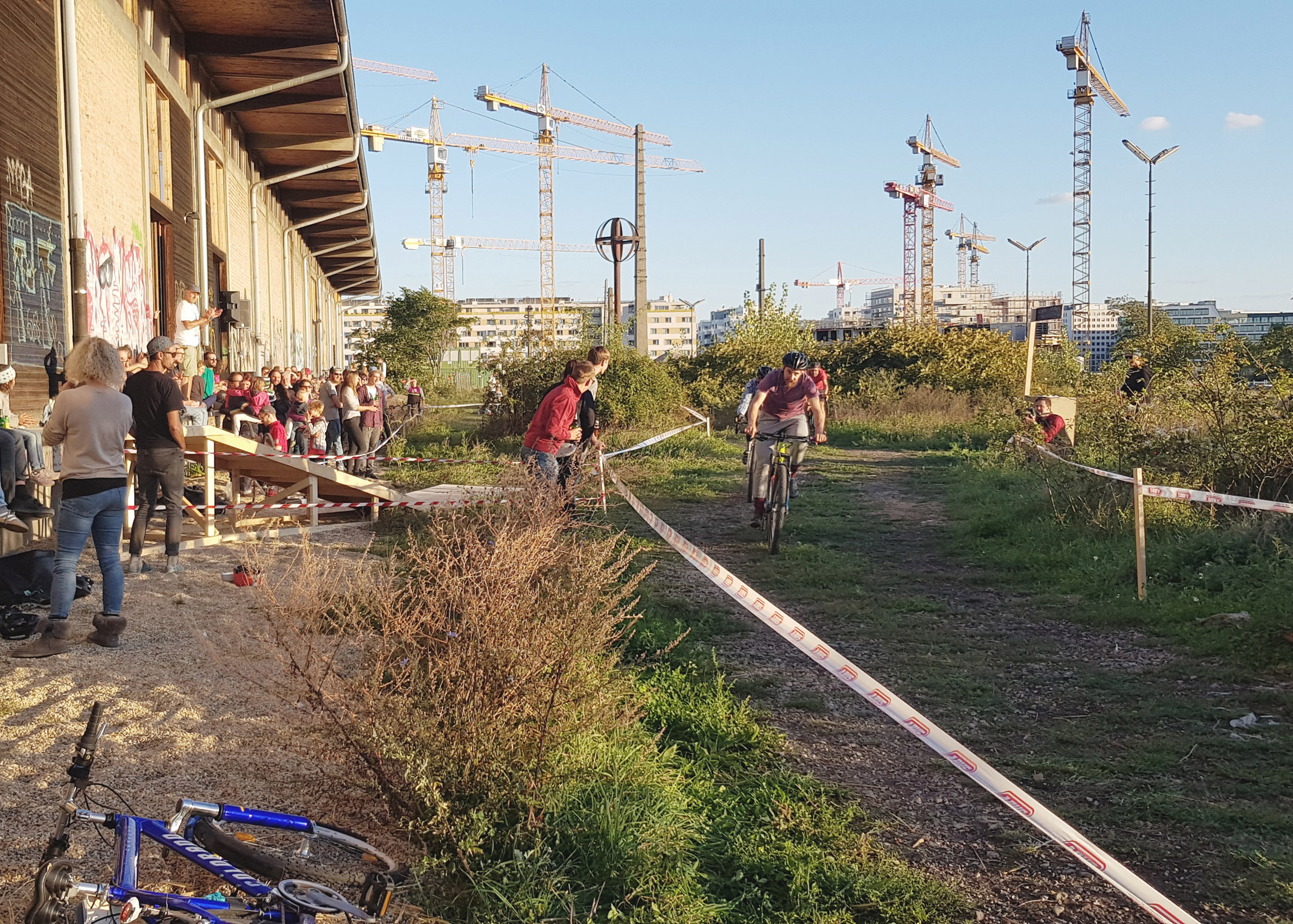
Preserving wild nature in the city
Freie Mitte
This project shows that wilderness can have value in the city.
When an abandoned railyard in Vienna was slated for redevelopment, Austrian office StudioVlayStreeruwitz was able to convince planning authorities to only add buildings around the edges of the site and leave the centre in its overgrown state.
With the first stage of construction now complete the site has not only become a haven for wildlife, but also a space of recreation and discovery for local residents.
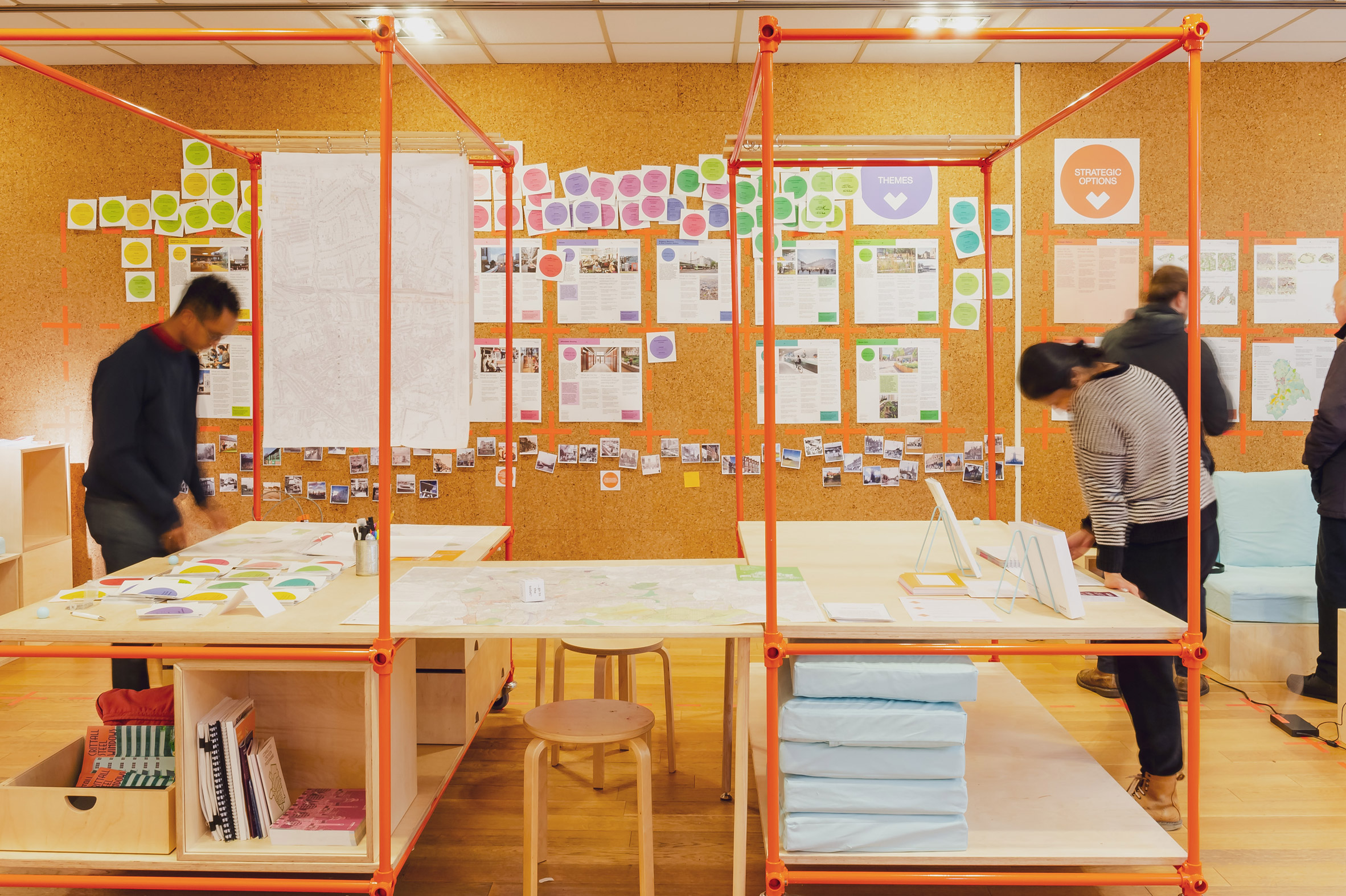
Creating spaces for community engagement
Croydon Urban Room
Locals in the London Borough of Croydon get to have a say in how their neighbourhood is developed, thanks to this initiative from council-run group Croydon Placemaking.
By occupying spaces on the high street – from vacant shop units to libraries – the Croydon Urban Room creates spaces where people feel welcome to come and share their experiences or voice their opinions.
Flexible, custom-made furniture is key to the way these spaces function. This modular kit of parts can be used in a variety of configurations to attract young and old participants alike.
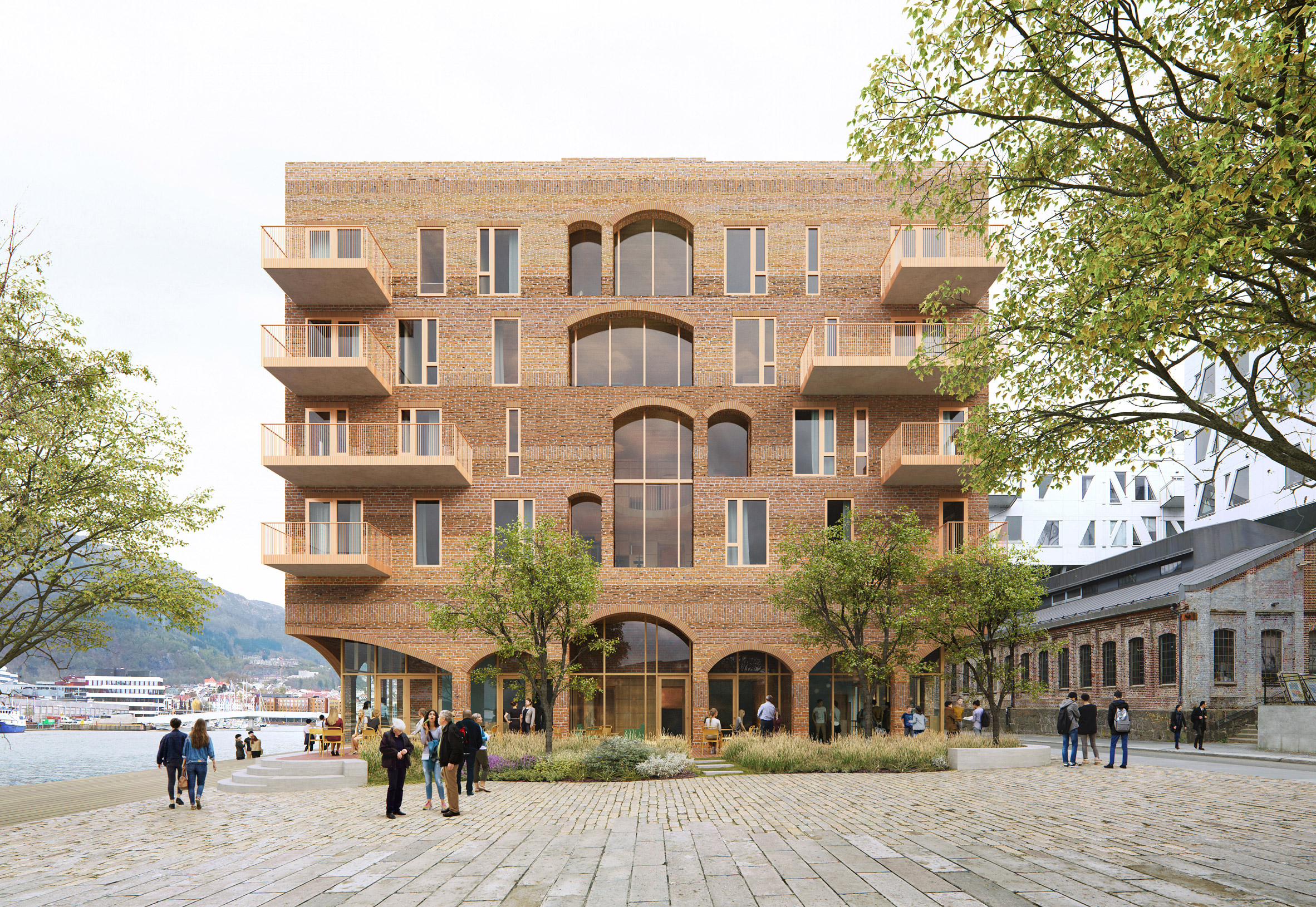
Providing different types of housing
Delegården
Nordic architecture studio Kaleidoscope suggests a more social alternative to the typical apartment block in this proposal for Bergen, Norway.
The ground floor of the six-storey building will provide residents with communal spaces and facilities that include a sauna, a laundry, a neighbourhood bar and a pop-up space. There will also be a shared roof terrace and common outdoor spaces that incorporate a garden kitchen and an allotment for growing fruit and vegetables.
At a time when people increasingly live alone, the project hopes to create opportunities to bring neighbours closer together.
The Oslo Architecture Triennale takes place from 22 September to 30 October 2022. See Dezeen Events Guide for an up-to-date list of architecture and design events taking place around the world.
The post Five visions for the future of neighbourhoods from Oslo Architecture Triennale appeared first on Dezeen.
